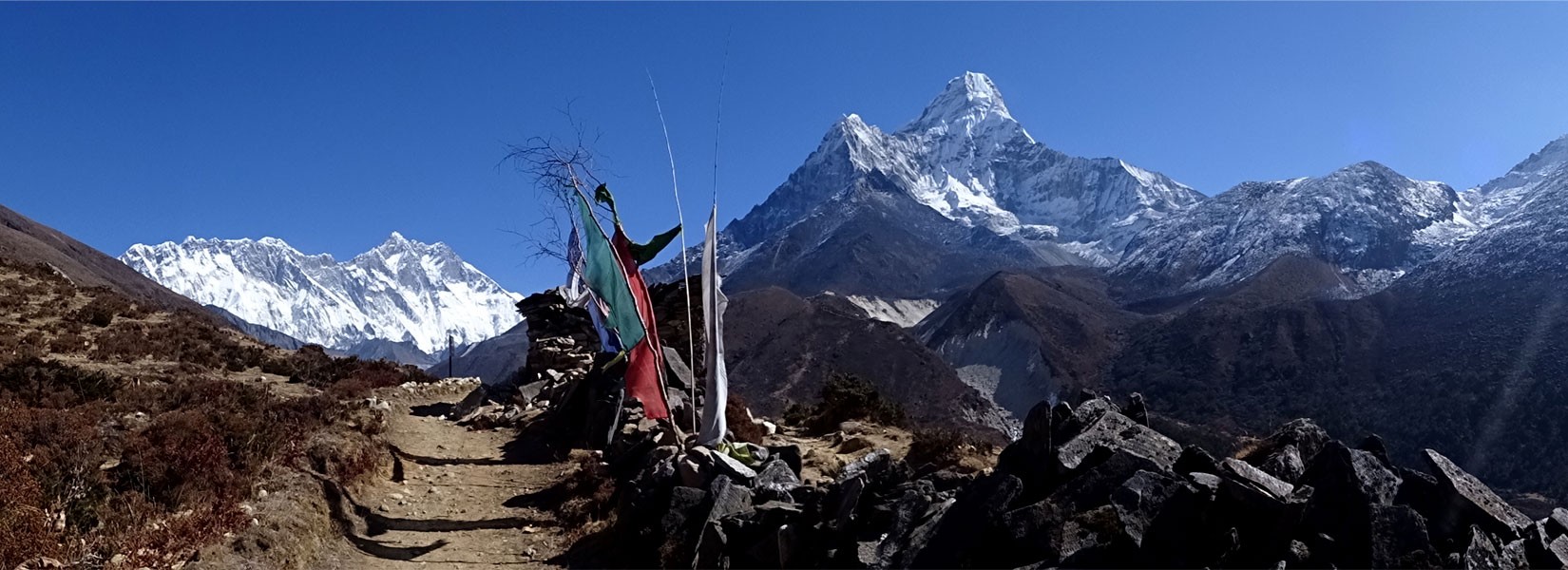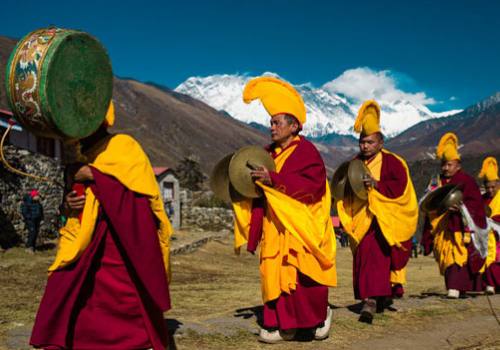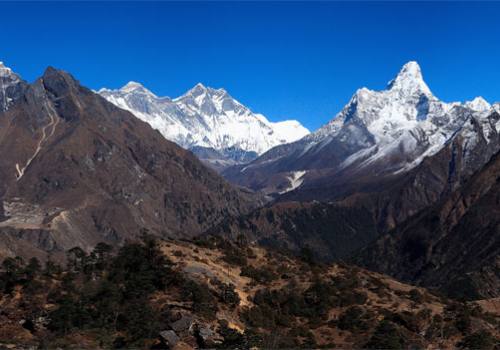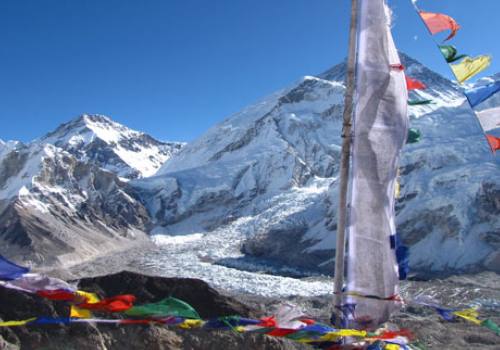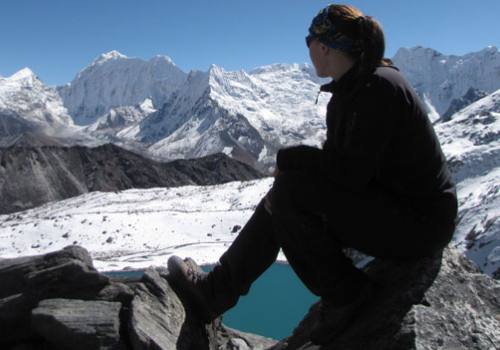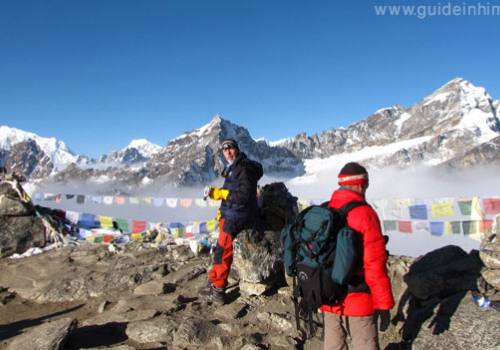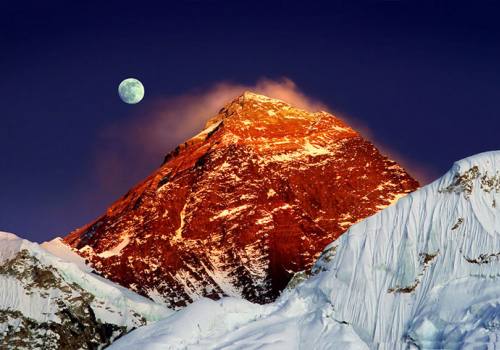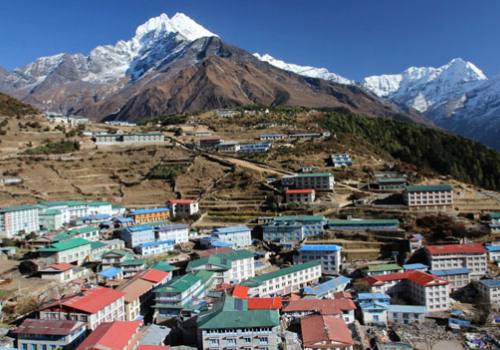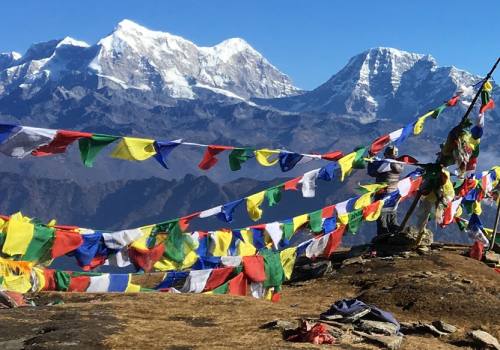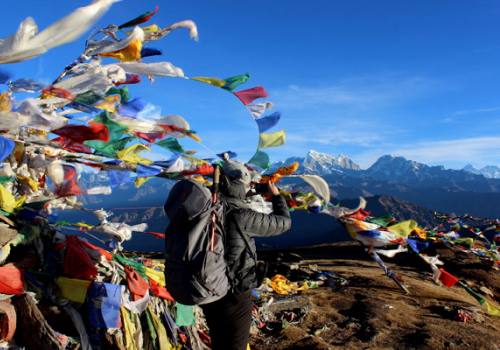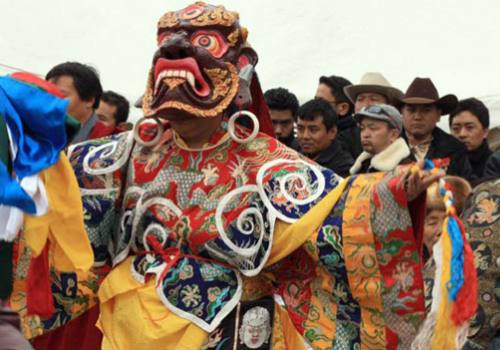Everest Trekking
Everest trekking in Nepal is the best hiking holiday in the Everest Region is not simply famous for the world’s highest peak Mt. Everest but also well-known for its beautiful Sherpa culture, tradition, villages, Buddhist monasteries, prayer walls, monuments, Sagarmatha National Park, wildlife such as musk deer, blue sheep, Himalayan tahr, barking deer, blood pheasant, Tibetan snow-cock, crimson-horned pheasant, domestic beautiful animal Yaks are seen on the way. The nominal aim of this trek is Everest Base Camp an elevation of 5340m but Everest is not seen from the base camp so most of the trekkers climb up to Kalapathar 5545m in the south flank of Mt. Pumori 7145m and Gokyo Ri 5350m near the Gokyo for dramatic view of Everest.
Mt Everest was named by Indian surveyor Sir George Everest but the peak had been already known as Sagarmatha and Sherpa called it Chomolungma. Sagarmatha literally means; ‘head of the sky’. The name was given by Nepalese historian Babu Ram Acharya. Everest was first on 29 May 1953 by Tenzing Norgay Sherpa and Edmund Hillary. Generally, the Everest trek requires good physical strength but the region still offers meaningful short treks such as Namche Bazar, Thame, Khumjung, and Tenboche Monastery. From Tengboche, you will have an excellent view of Mt. Everest and the most beautiful mountain Ama Dablam 6856m in the region. To get there; you can fly to Lukla or walk from Jiri if you can find time and energy that will reward much better physical shape to tackle the high mountain area. In recent years the 3-pass trek has been popular for those who plan for a more adventurous trip. Here, we Guide in Himalaya has crafted some itineraries ranging from short easy treks to adventurous trekking tours to Everest Base Camp and high passes such as Renjo La, Chola la, Kongma La, etc. Spring and autumn seasons are the best recommended and offer the best weather for Everest trekking.
